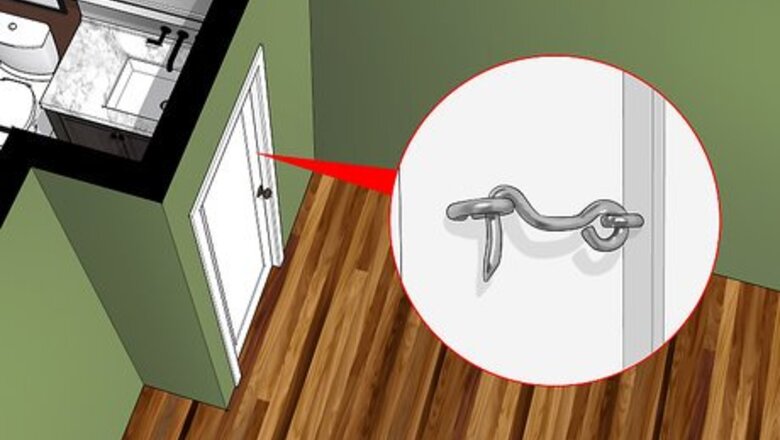
views
Securing Your Bathroom
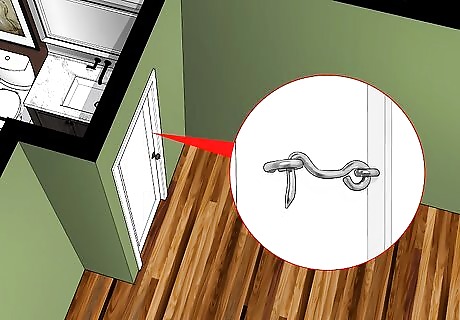
Add a lock to the door. The easiest way to prevent a bathroom injury is to make sure your child can’t get in there without you! Your lock should be on the outside of the door to prevent anyone from being locked inside. Of course, you should still childproof the rest of the bathroom in case the door is left unlatched. The simplest way to lock any door from the outside is a basic hook and eye latch, installed at adult height. This is also best for sliding and folding doors. You can install a barrel bolt or similar latch on standard doors. If you don't want to add anything permanent to your door, there are childproof door locks made to temporarily fit on any doorknob.
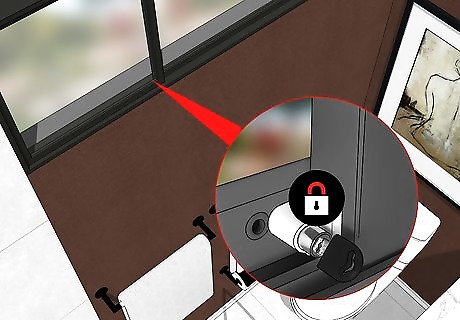
Lock the bathroom windows and install guardrails on them if applicable. If the bathroom has windows, make sure they are locked and that your child cannot reach them by climbing on furniture, fixtures, or towel racks. Also, ensure your windows cannot open more than 4 inches (10 cm). If they do, add guardrails to them to prevent your child from falling out of a window.
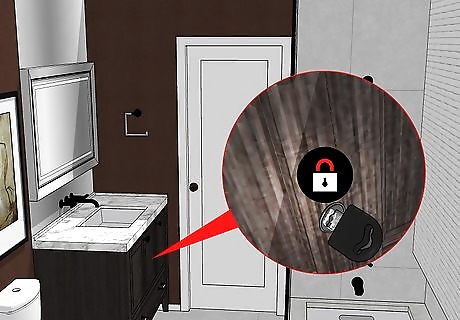
Lock up your cabinets. Bathroom cabinets and drawers often store potentially dangerous items, like cleaning supplies, cosmetics, medication, and sharp objects. All of your cabinets should have child safety locks on them, regardless of their height. Your child could climb up onto the sink or toilet and reach them. Keep everything inside a locked cabinet, including mouthwash, vitamins, natural supplements, and over-the-counter medications. These can be just as dangerous to children as prescription medicine.
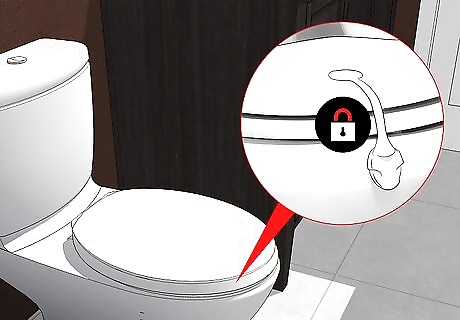
Lock the toilet. Toilets can be drowning hazards, especially for babies and toddlers. Most infants and toddlers don’t have the coordination to pull themselves out of a toilet once they fall in. Keep the toilet seat closed and locked at all times with a child safety lock. Make sure that everyone, including guests, know how to lock the toilet seat.
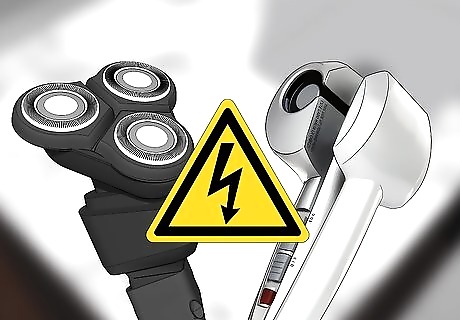
Put away dangerous items. Don’t leave razors, curlers, or hairdryers lying out on the counter—always unplug them and return them to a locked cabinet when you’re done. Do not use electric razors or curlers while your child is in the bathroom. They can pull the cord and injure themselves.
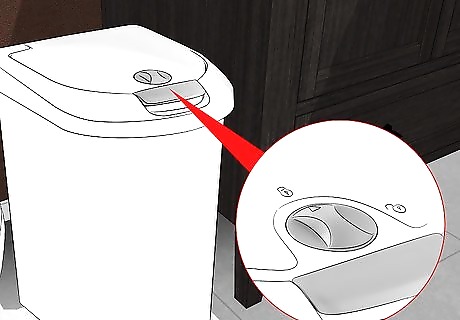
Lock up the wastebasket. Buy a locking wastebasket or keep it in a locked cabinet. Children can rummage through the wastebasket and possibly injure themselves on disposable razors, glass cosmetics bottles, or leftover medication.
Preventing Water-Related Injuries
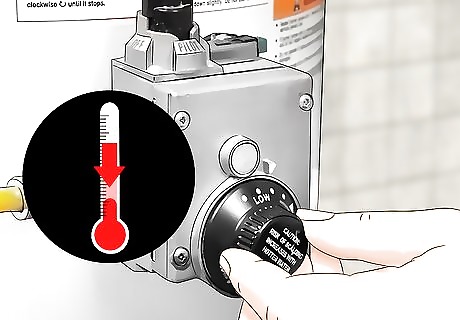
Turn down your water heater. Water above 120 °F (49 °C) can scald a child, which could be fatal. Turn the temperature down on your water heater to prevent this. While 120 °F (49 °C) is warm enough to wash dishes and clothing, your child’s bathwater should be no warmer than 90 °F (32 °C).
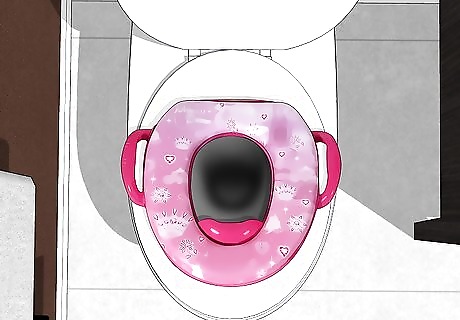
Use the right training potty. If your child is potty training, use a training potty that is appropriate for their size. A smaller child should be using one that rests on the ground instead of on the toilet seat, to minimize the risk of falling in. Do not keep training potties full of water when you aren’t using them.
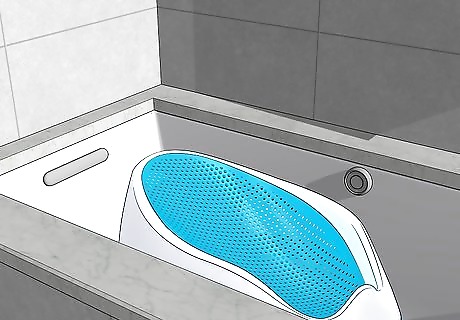
Buy a bath seat. A bath seat can help prevent drowning by keeping your child secure in one position when in the bathtub. This is not a substitute for direct supervision—never leave a child alone in the bath for even a minute!
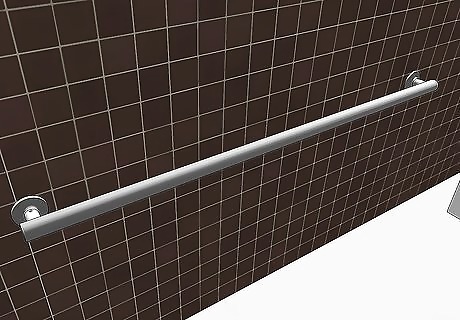
Install grab bars in your bathtub. Grab bars can prevent slipping when getting in or out of the tub. These are especially useful if you have a child who is just learning to bathe alone, or if you plan to get in the tub with your infant.
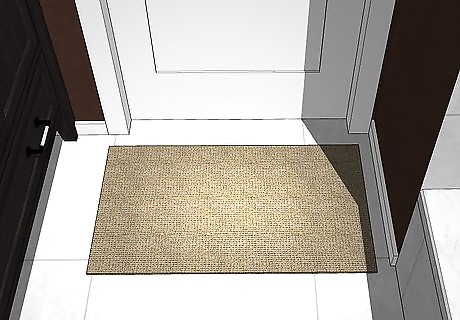
Add mats to your bathroom. Children can be seriously injured by slipping and falling on slick bathroom surfaces. Add a non-slip rubber suction mat to the bottom of the bathtub and rubber-backed carpet mats to the floor.
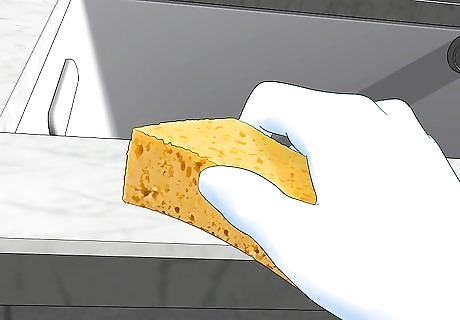
Clean up mold and mildew. Kids splash around a lot, and water accumulation can cause dangerous mold and mildew! Clean your bathroom regularly with child-safe cleaners, and be sure to check under mats, inside potties and bath seats, and even on your child’s bath toys. For instance, toys that absorb water, like rubber ducks, can accumulate mold if they aren’t fully drained and dried after each use.
Remodeling for Safety
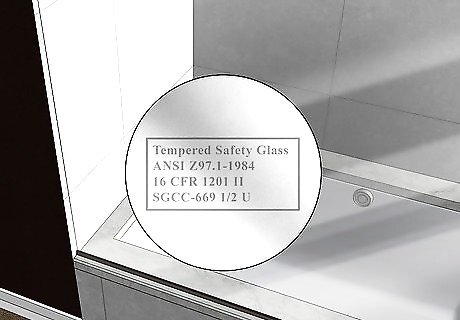
Install safety glass. If you have a glass shower door, windows a child can reach, or a large full-length mirror in your bathroom, replace them with safety glass. Any banging, hitting, or pressure on the glass could cause it to shatter!
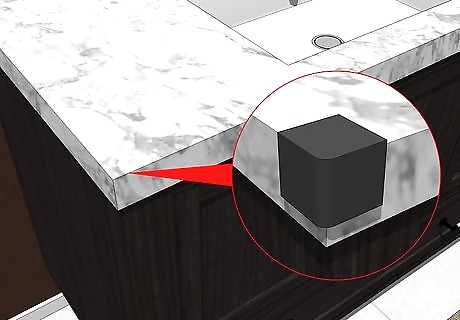
Remove or cover sharp corners. If your bathroom counters or fixtures have pointed corners, your child could be injured on them. You can replace them entirely, but an easier option is to install rubber bumpers on sharp corners to prevent cuts and bruises.
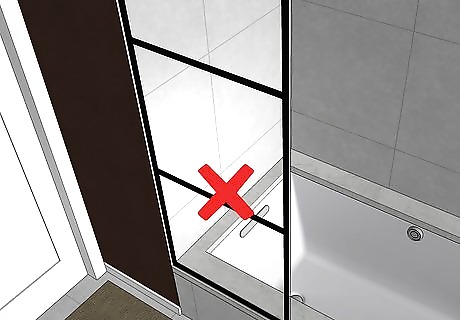
Remove climbable objects. Your towel rack looks like a towel rack to you, but to a toddler, it’s a perfect ladder onto the sink. Make sure that there is nothing your child could climb up on in the bathroom-—this can include towel racks, shelves, and hampers. All accessory racks should be out of your child’s reach and anchored to the wall.
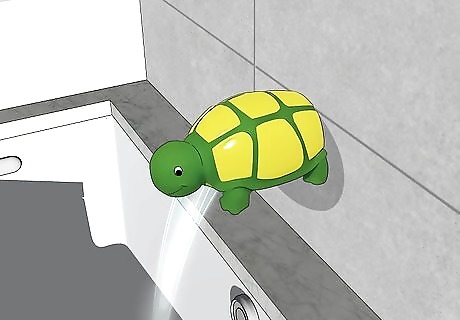
Pad your tub faucet. Tub faucets are at a perfect height to bump or even cut your child’s head or back. Install a safety faucet or buy special tub faucet padding to go around it.
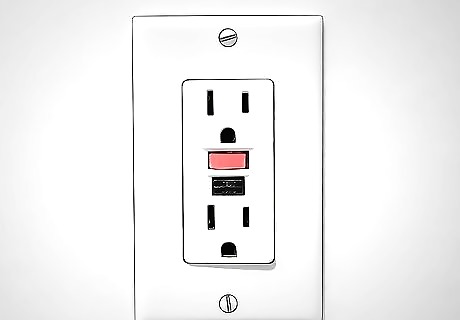
Install GFCI outlets. GFCI outlets prevent shocks, burns, and electrocutions by cutting off the current if it detects a dangerous electrical imbalance. They are required for bathroom outlets in most newer homes, but if your home doesn’t have them an electrician can install them. All outlets should be outfitted with child safety plugs.












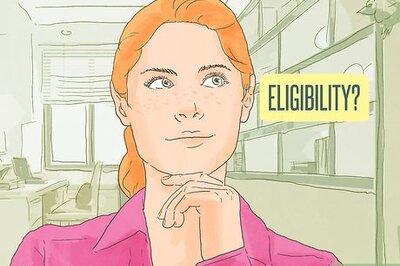



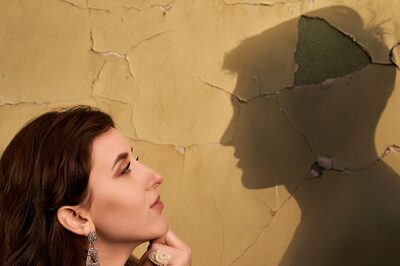


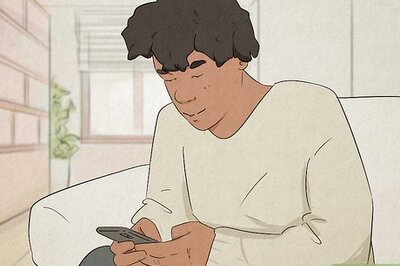
Comments
0 comment